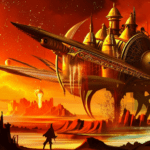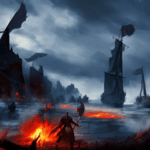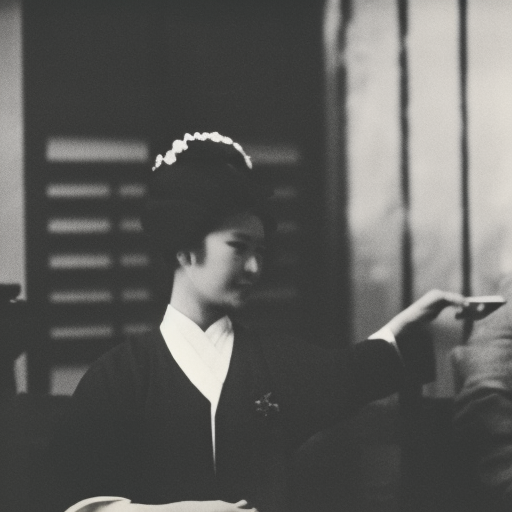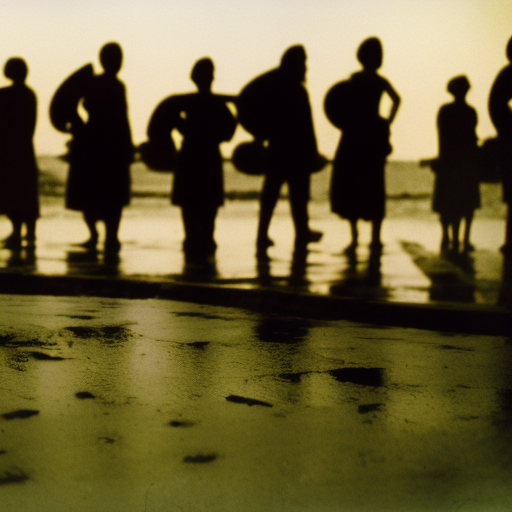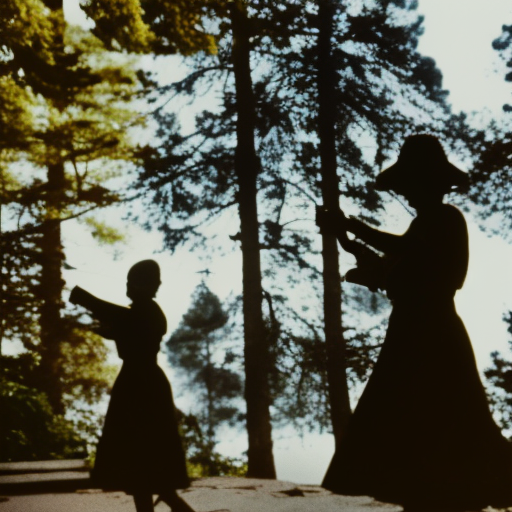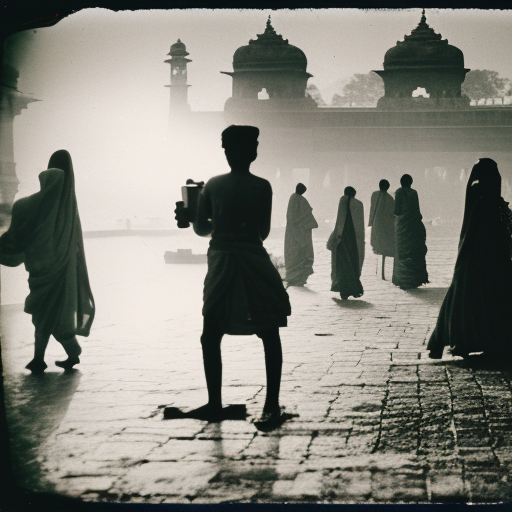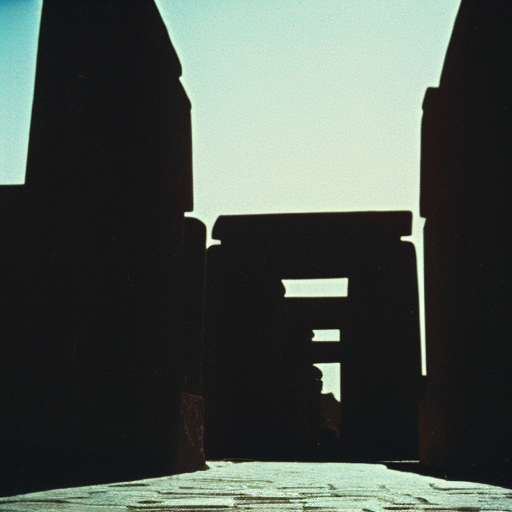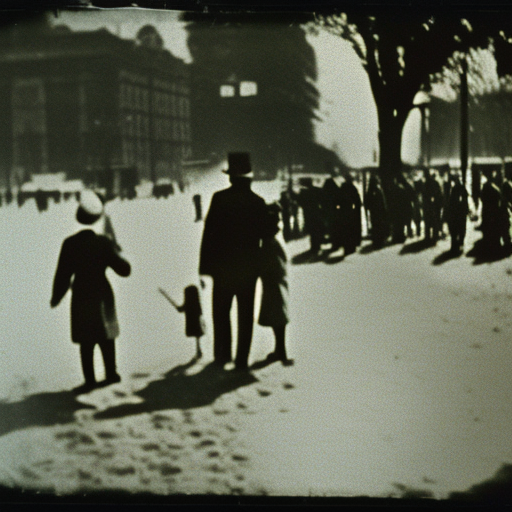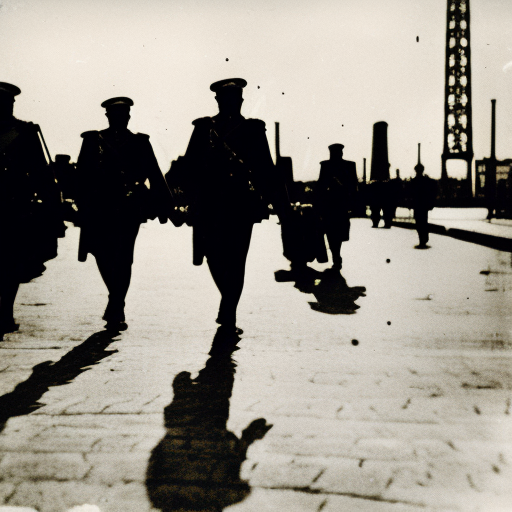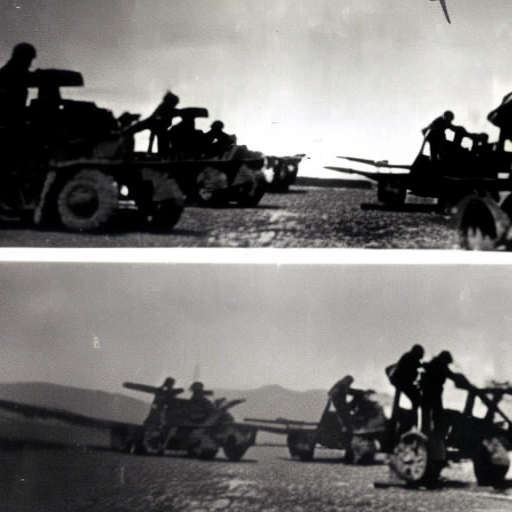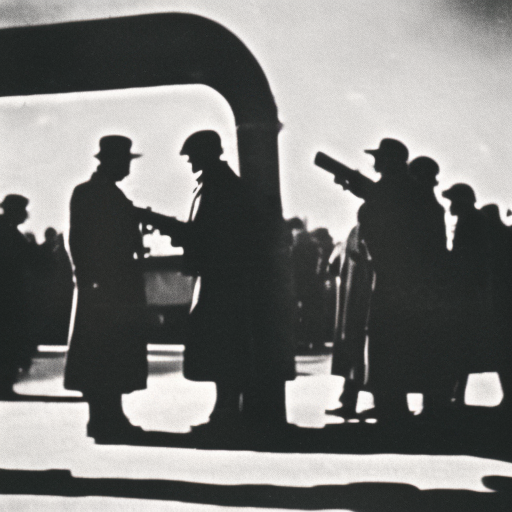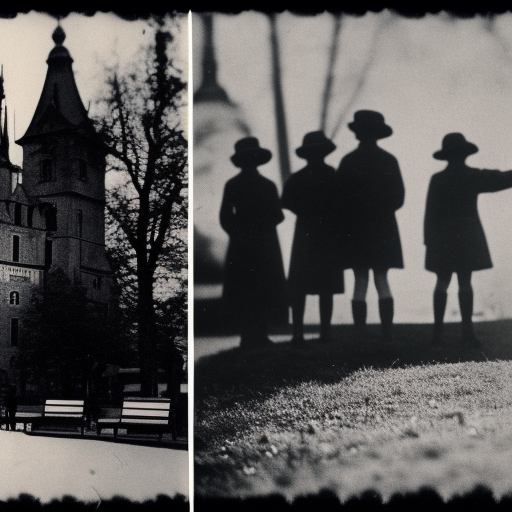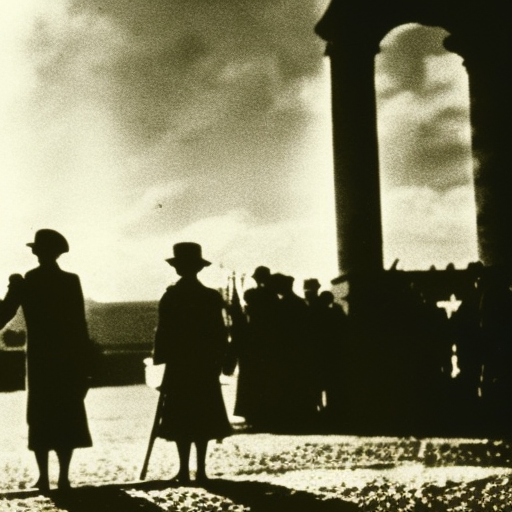The Song Dynasty was a period of Chinese history characterized by economic prosperity, technological advancements, and cultural achievements.
The Gupta Empire Explained
The Gupta Empire was a powerful and prosperous ancient Indian dynasty known for its advancements in art, science, and mathematics.
The Maurya Empire Explained
The Maurya Empire was a powerful ancient Indian empire that unified most of the Indian subcontinent under the rule of Emperor Ashoka.
The Vedic Period in India Explained
The Vedic Period in India was a time of ancient Hindu scriptures, rituals, and social hierarchy.
Ashoka the Great Explained
Ashoka the Great: The transformative reign of an ancient Indian emperor who embraced Buddhism and promoted peace and social welfare.
The Indus Valley Civilization Explained
The Indus Valley Civilization was an ancient urban civilization that thrived in the Indus River Valley in present-day Pakistan and northwest India from around 3300 BCE to 1300 BCE.
The Non-Aggression Pact (1939) Explained
The Non-Aggression Pact (1939) was a treaty signed between Nazi Germany and the Soviet Union, which temporarily ensured peace between the two countries before the outbreak of World War II.
The Rise of Benito Mussolini Explained
The rise of Benito Mussolini: From socialist leader to fascist dictator, Mussolini’s ascent to power in Italy marked the beginning of a dark era in European history.
The Spanish Civil War (1936-1939) Explained
The Spanish Civil War was a conflict between the Republican government and Nationalist forces that resulted in the rise of Francisco Franco’s dictatorship.
The Anschluss (1938) Explained
The Anschluss (1938) refers to the annexation of Austria by Nazi Germany, marking a significant step towards Adolf Hitler’s goal of creating a Greater German Reich.
The Weimar Republic (1919-1933) Explained
The Weimar Republic was a short-lived democratic government in Germany that faced political instability, economic crisis, and ultimately paved the way for the rise of the Nazi Party.
The Treaty of Versailles (1919) Explained
The Treaty of Versailles was a peace treaty signed after World War I that imposed harsh conditions on Germany, leading to resentment and contributing to the outbreak of World War II.





